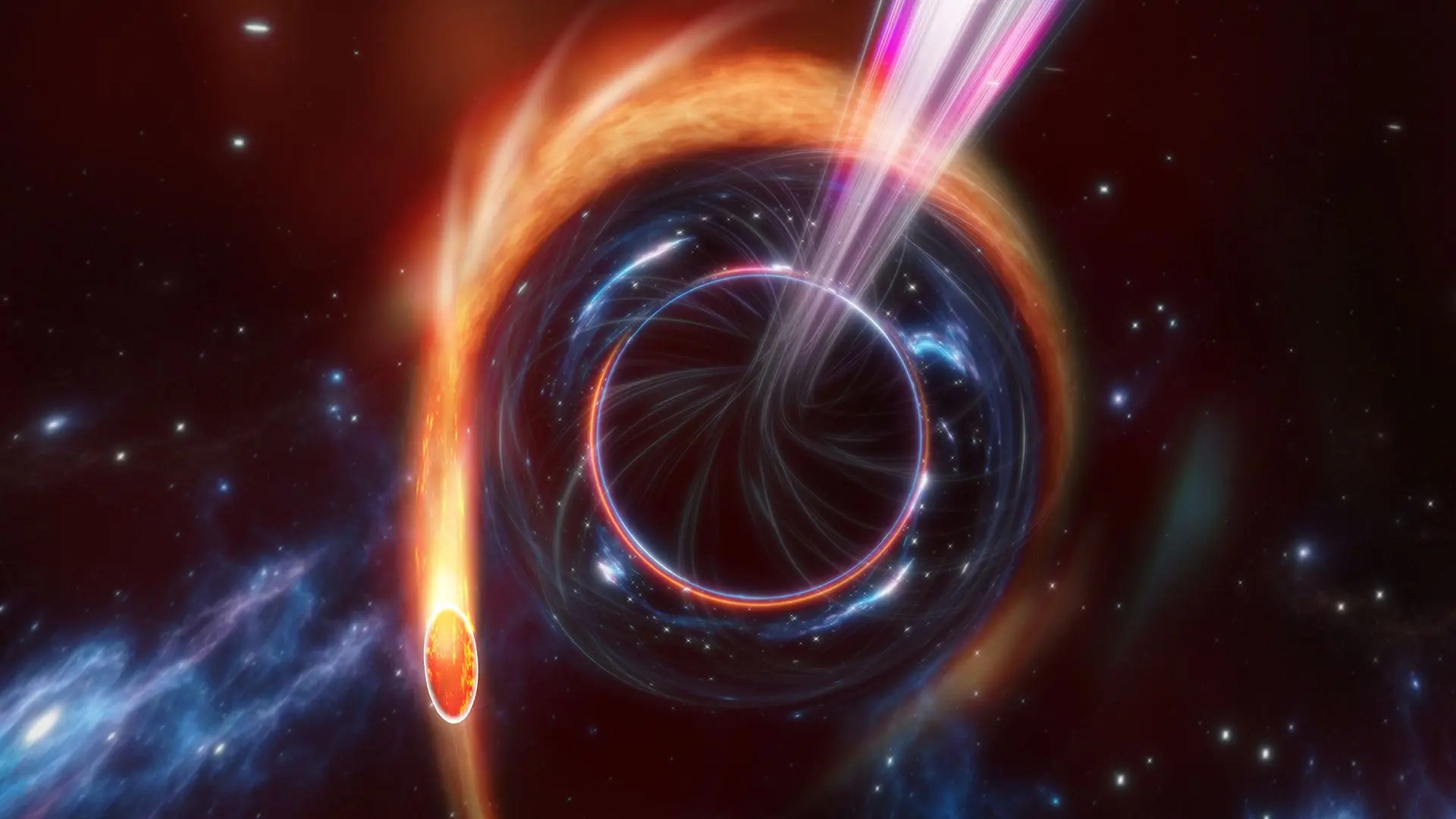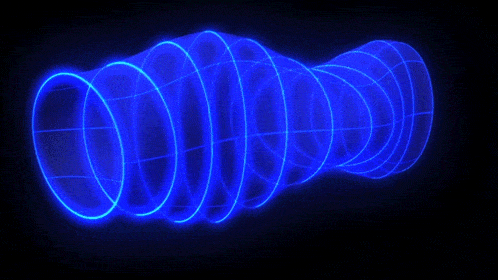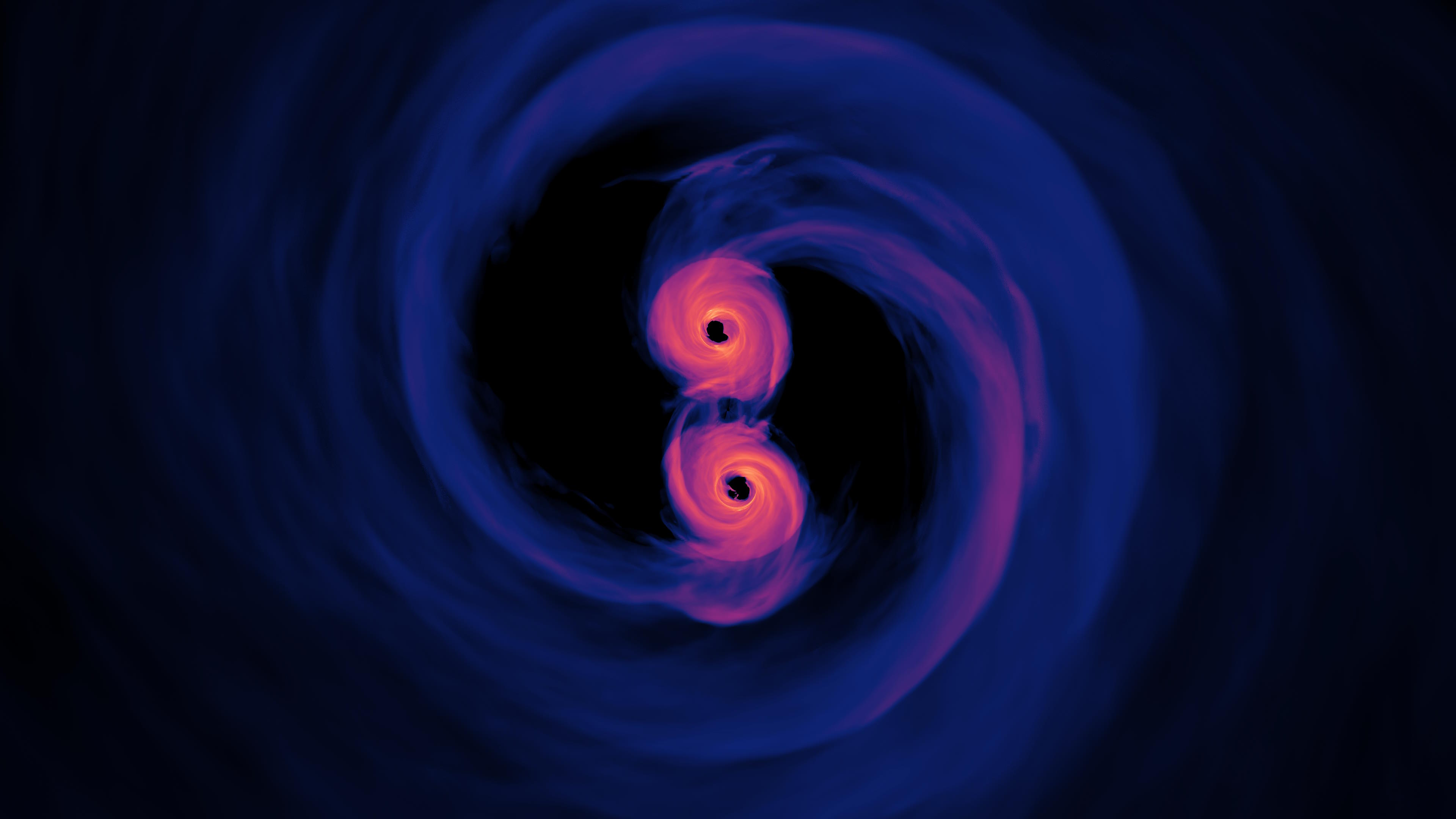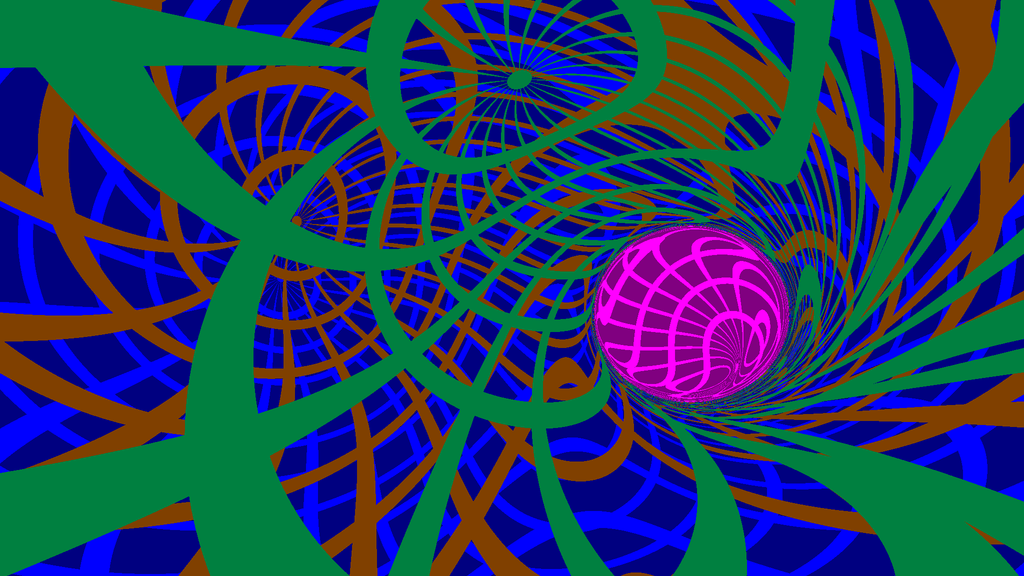Extreme black holes may have “hair,” find scientists
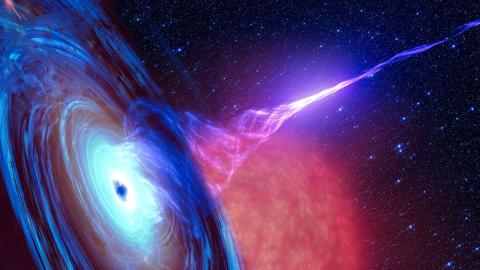
Credit: Adobe Stock
- Scientists discover that some extreme black holes may violate the “no hair” theorem.
- These black holes feature properties outside of the three classical black hole traits of mass, spin, and charge.
- The researchers ran sophisticated simulations to discover these space oddities.
Black holes are wonderfully weird, sparking the imagination with the many mysteries surrounding their formation and functions in our universe. Now scientists found a new kind of extreme black hole, one that breaks the so-called “ho hair” theorem. In other words, this black hole has “hair.”
The idea of the “no hair” or “black hole uniqueness” theorem was encapsulated by the American theoretical physicist John Wheeler who claimed: “Black holes have no hair.” What he meant is that black hole solutions to Einstein’s field equations of general relativity can be completely characterized by only three physical quantities: mass, spin, and charge. There aren’t supposed to be any other “hairy” traits that can make one black hole different from another. Black holes with the same mass, spin, and charge should be identical, explains the press release from Theiss Research, which was behind the new discovery.
The team involved Dr. Lior Burko of Theiss Research, Professor Gaurav Khanna of the University of Massachusetts Dartmouth and the University of Rhode Island, as well as his former student Dr. Subir Sabharwal.
They found there’s an extremal black hole that may violate the “no hair” theorem. This type of black hole is “saturated” with the maximum charge or spin it can potentially carry. The researchers discovered that there exists a conserved quantity or property that can be constructed from the spacetime curvature at such a black hole’s horizon. It may be measurable from Earth by gravitational wave observatories like LIGO and LISA. Since this property is dependent on how the black hole was formed, it breaks the black hole uniqueness theorem and is considered “gravitational hair.”
“This new result is surprising because the black hole uniqueness theorems are well established, and in particular their extension to extreme black holes,” shared Dr. Burko. “There has to be an assumption of the theorems that is not satisfied, to explain how the theorems do not apply in this case.”
The mind-blowing science of black holes | Michio Kaku, Bill Nye, Michelle Thaller & more | Big Thinkwww.youtube.com
For their findings, the researchers employed elaborate numerical simulations running on dozens of the top Nvidia graphics-processing-units (GPUs) that had over 5,000 cores each, working in parallel. “Each of these GPUs can perform as many as 7 trillion calculations per second; however, even with such computational capacity the simulations look [sic] many weeks to complete,” shared Khanna.
Another type of black hole “hair” was proposed by Stephen Hawking who predicted that quantum particles would leak out of black holes, in a phenomenon dubbed “Hawking radiation.” This claim was possibly proven correct by a 2020 study that found evidence of “quantum fuzz” and gravitational wave “echoes” beyond black hole event horizons.
Check out the new study published in Physical Review D.
